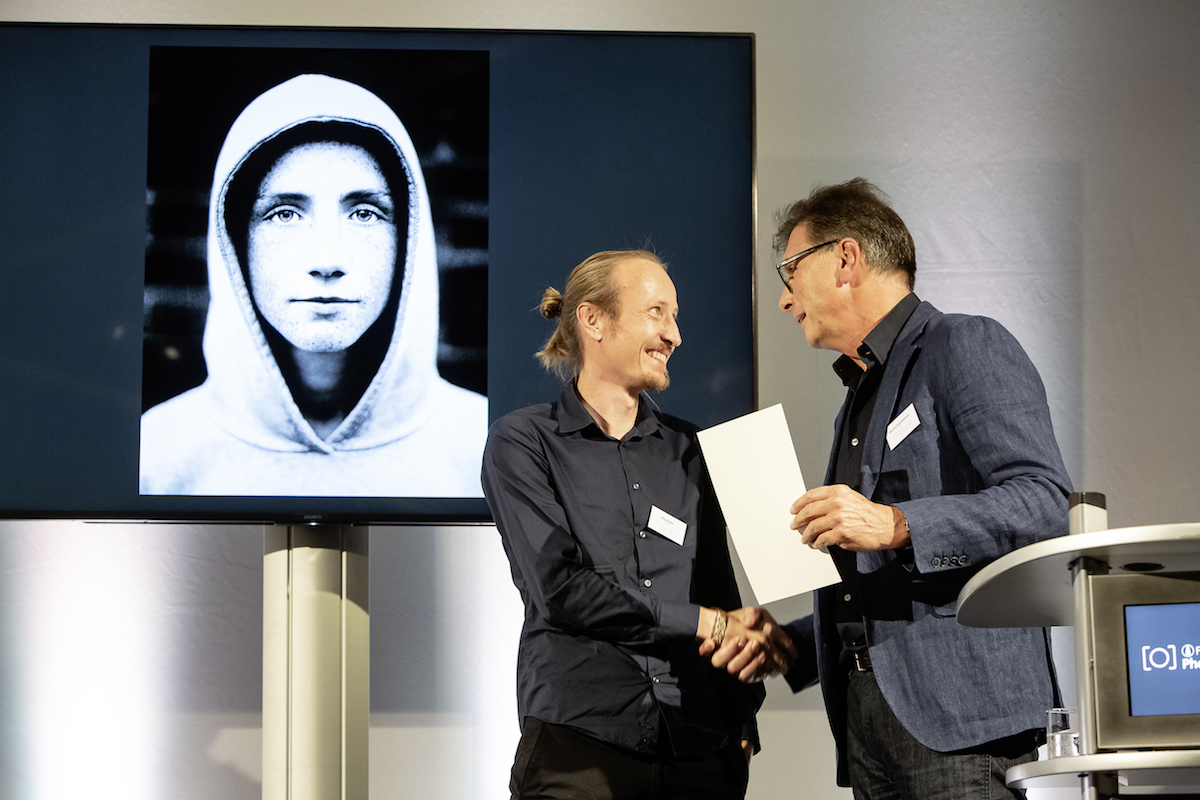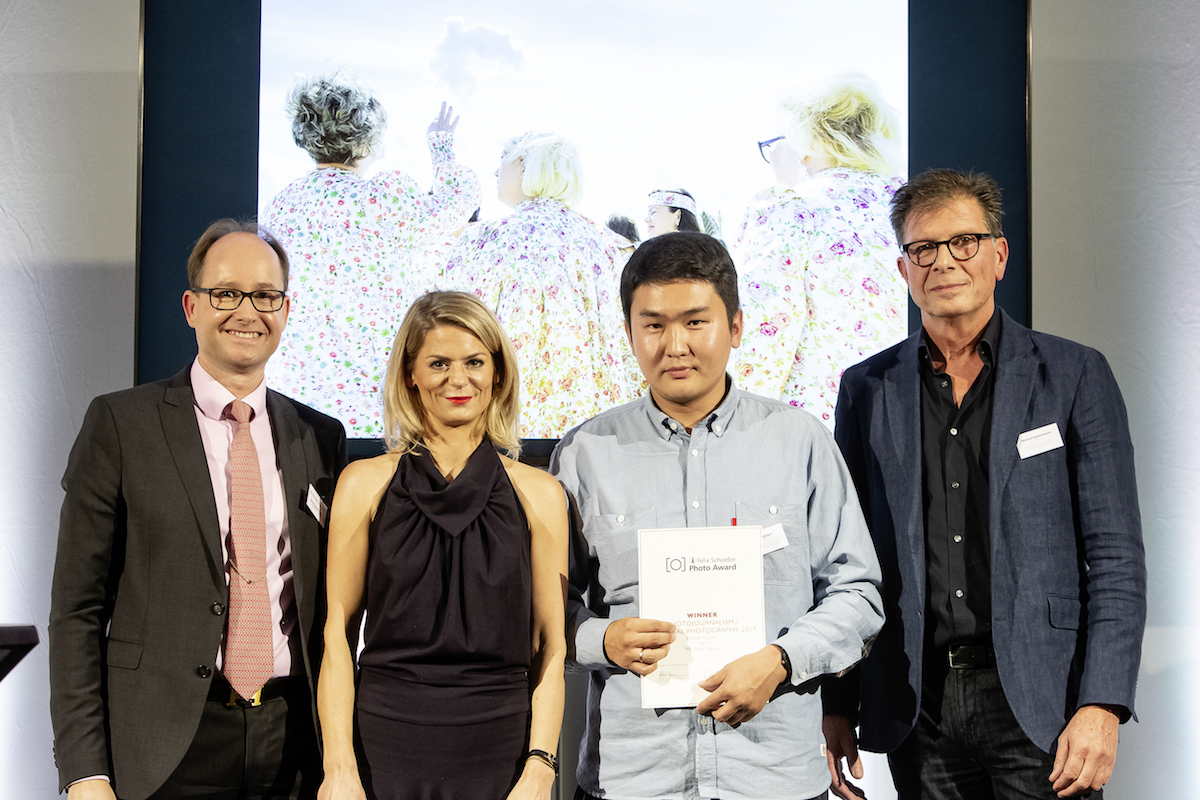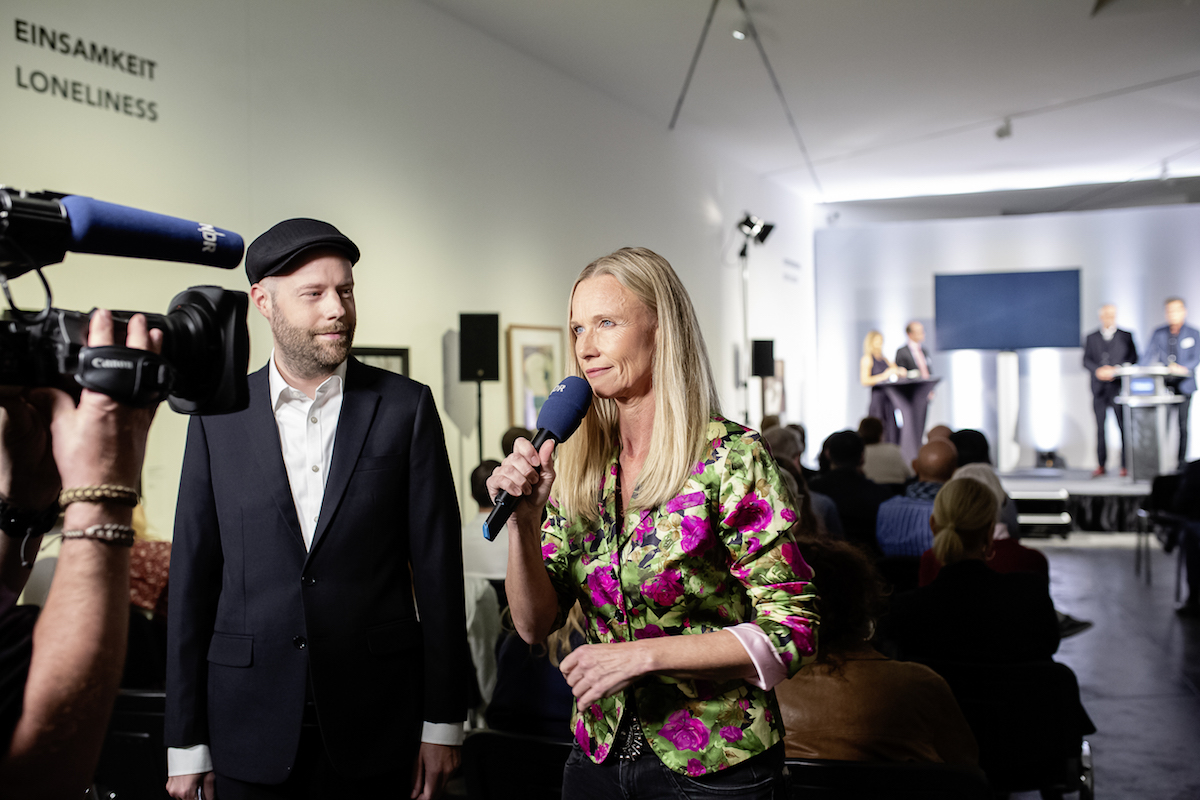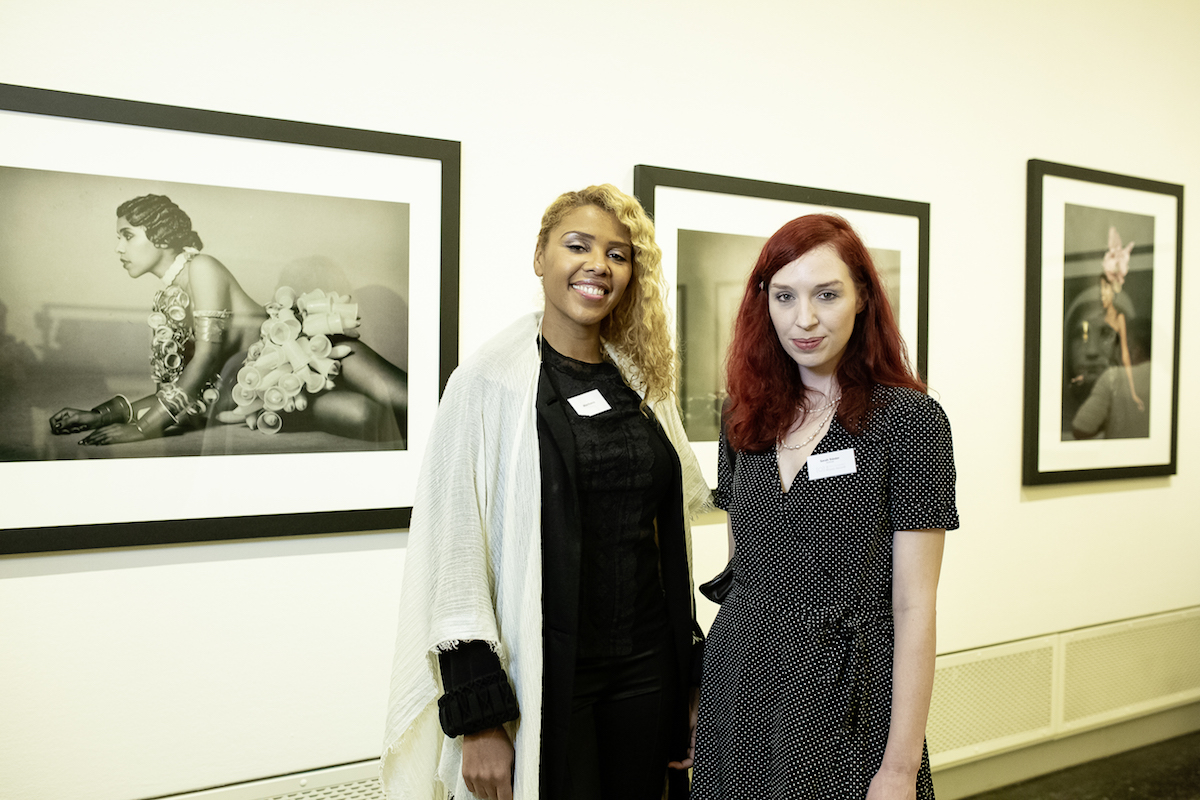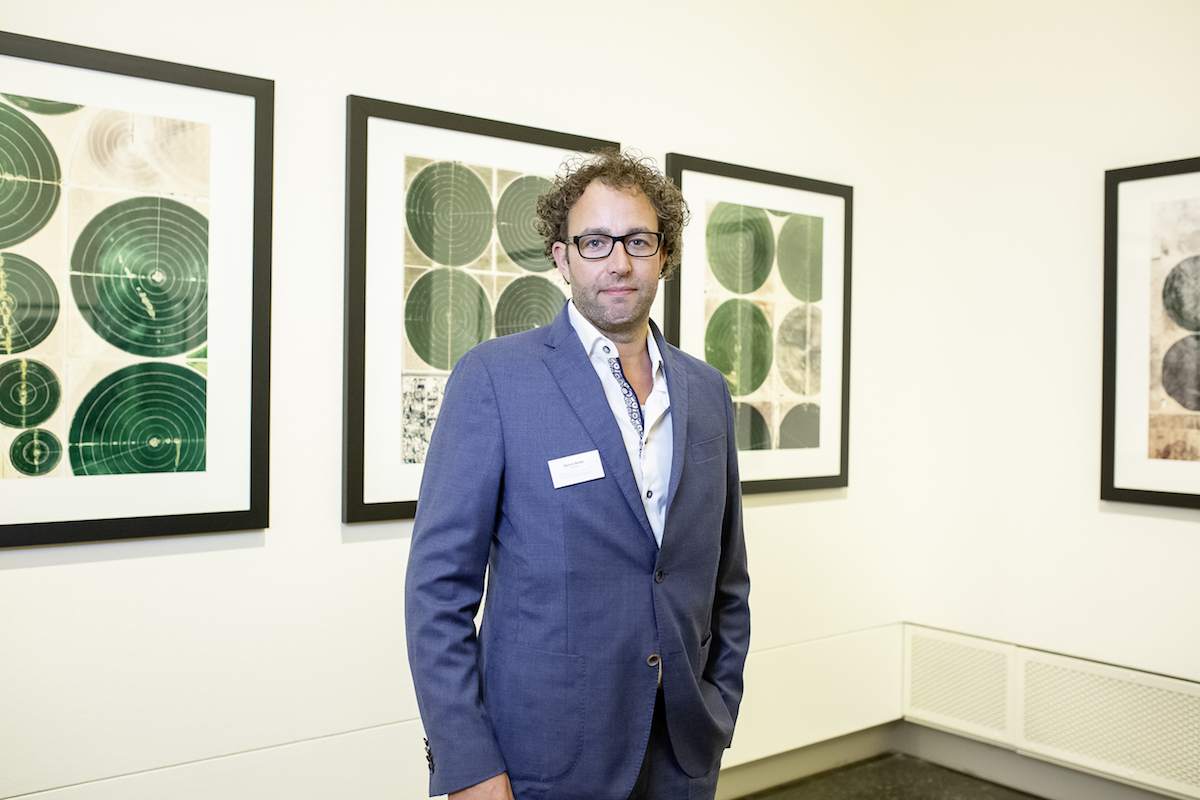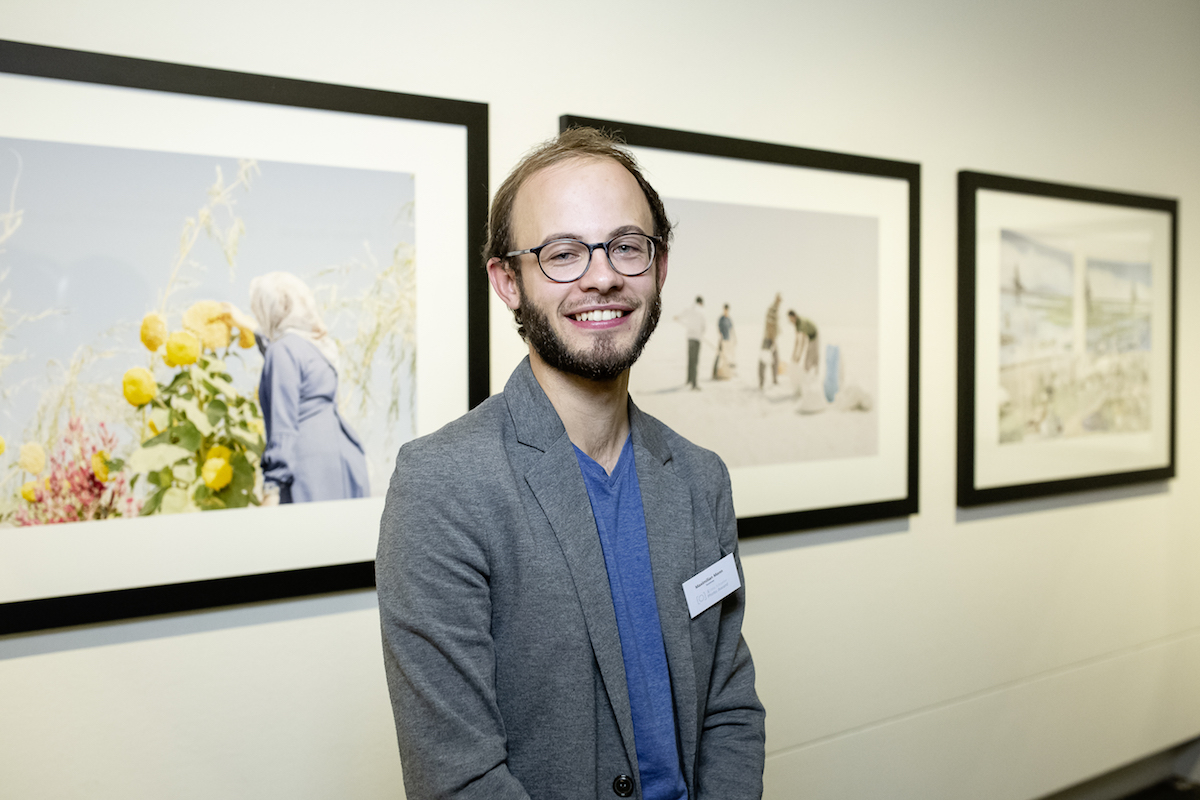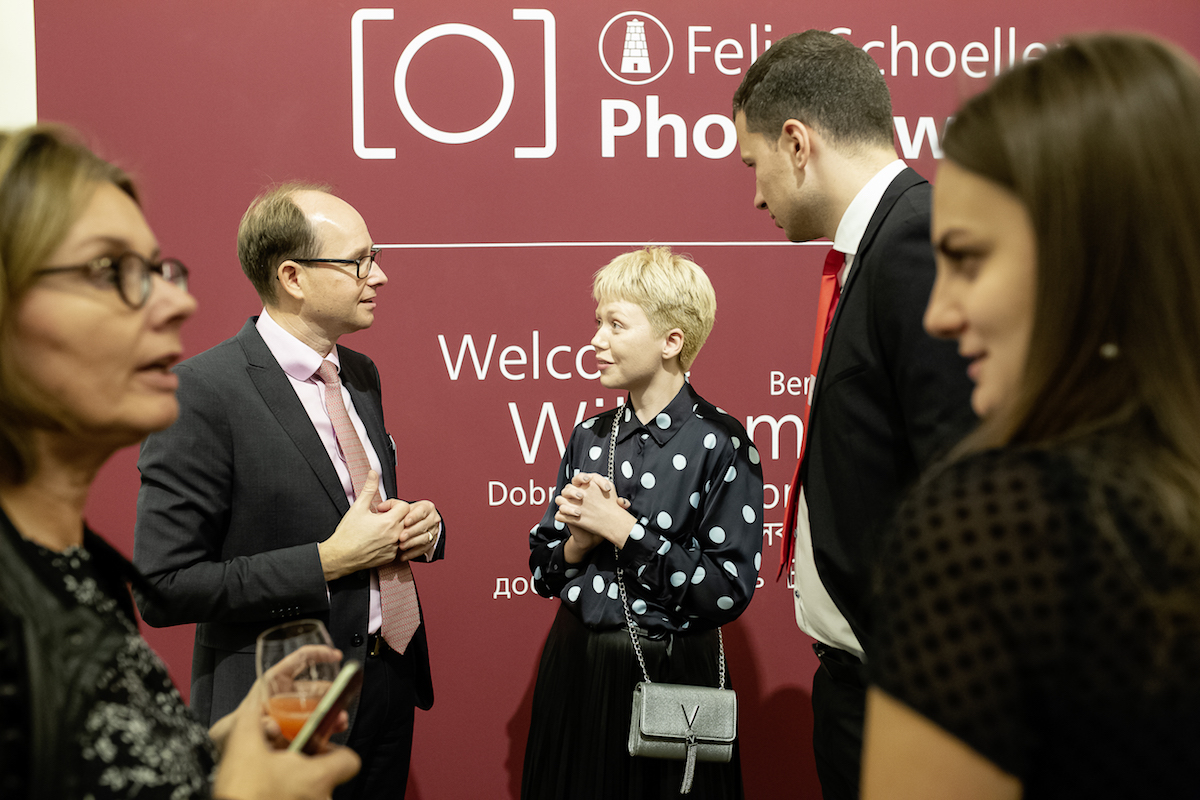Felix Schoeller Photo Award 2019: Toby Binder is the winner of the Gold Award, Maximilian Mann wins Emerging Photographer award
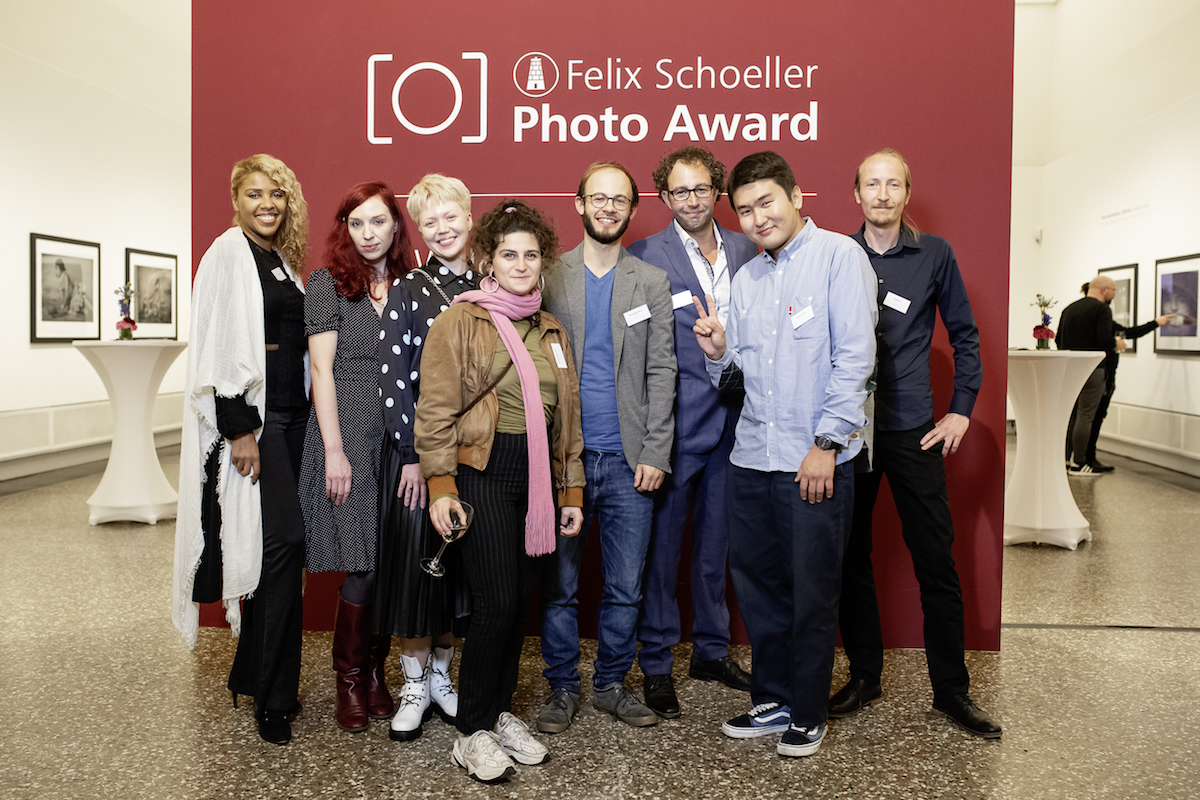
The jury announces five category winners and the best emerging photographer of the 2019 competition: The winners of the Felix Schoeller Photo Award 2019 were announced and honoured in the course of a formal award ceremony on the evening of Saturday 19 October 2019.
The award ceremony took place in Osnabrück’s Museum Quarter before an audience of more than 100 invited guests. The jury of the Felix Schoeller Photo Award selected five category winners, the winner of the Best Work by an Emerging Photographer award and the overall winner of this year’s competition. The winners in the individual categories were Toby Binder, Germany (Portrait), Daniel Reiter, Germany (Landscape/Nature), Julia Bezhanova, Russia (Fashion), Alexey Vasilyev, Russia (Photojournalism/Editorial) and Sarah Tröster, Germany (Free Choice/Conceptional Photography). The jury chose German photographer Maximilian Mann for the Best Work by an Emerging Photographer award. The jury was particularly impressed by Toby Binder’s work titled ‘Wee Muckers – Youth of Belfast’ and honoured him with the Felix Schoeller Photo Award in Gold. The Gold Award is presented in addition to the awards for the five category winners.
Hans-Christoph Gallenkamp, CEO of the Felix Schoeller Group, was particularly pleased about the enormous international resonance of the competition, which attracted entries from 113 countries. ‘It is noticeable that the photographers are extremely concerned about the exploitation of the planet and climate change. In view of this, the Felix Schoeller Photo Award inevitably also makes a contribution to current global debate on the consequences of climate change. As a company, we at the Felix Schoeller Group are especially pleased with the fruitful collaboration with Osnabrück’s Museum Quarter, which has made it possible to show the top-class exhibition for a period of almost four months. Thanks to this, the photographers are given a particularly impressive stage for their work and visitors to the exhibition gather impressions of contemporary photography from around the world.’ Gallenkamp also mentioned that the exhibited works are all printed on Felix Schoeller photographic paper, some of them in formats of up to 120 x 100 cm.
The ‘Winner & Nominees’ exhibition, from 20 October 2019 – 8 March 2020.
The 150 photographs by the nominees, the category winners and the winner of the Best Work by an Emerging Photographer award can be seen in Osnabrück’s Museum Quarter after the official opening on 20 October 2019 and until 8 March 2020.
The award-winners
Winner in the Portrait category and Gold Award winner: Toby Binder, Munich/Germany
With his work titled ‘Wee Muckers – Youth of Belfast’, Toby Binder from Munich convinced the jury not only in the Portrait category. His work also won him the Gold Award as the overall winner of the competition. Together, these two successes brought him a total cash prize of 12,000 euros. He describes his concept as follows: ‘In Belfast, the Protestant Unionists and the Catholic Nationalists live in homogeneous neighbourhoods that are still separated by walls. The series shows that these two communities are more similar than both sides would be prepared to admit, despite their apparently insurmountable differences. While they still hold fast to their symbols of identity and their traditions, the wear the same clothes, have the same haircuts, take the same drugs and often worry about the same things, like violence, unemployment, social discrimination and, consequently, the lack of future perspectives.’
The jury’s reasons
The Gold Award winner is chosen from the winners of the five individual categories. Toby Binder’s work was ultimately selected from the outstanding work of all five category winners. His black-and-white portraits impress with enormous poignancy. Yet they simultaneously show the common elements of the ‘Belfast Boys’ he portrays: Fear of the future and lost hopes, but also a certain defiance and determination to survive can be seen in their eyes. In his melancholy series of pictures, Toby Binder manages to communicate the human sides of the still smouldering conflict in Northern Ireland.
Vita
Toby Binder, born in Esslingen in 1977, studied at the Hochschule für Gestaltung in Stuttgart. He soon began to concentrate his photography on social, ecological and political subjects. He worked on missions and personal projects around the world, concentrating on post-war and crisis situations and the everyday lives of people.
His work has been recognised with numerous international awards, e.g. the Philip Jones Griffiths Award 2018, the Sony World Photo Award and the Nannen Preis 2017. Im the same year, he received an honourable mention in the UNICEF Photo of the Year competition.
His work has been published in magazines including Stern, the Süddeutsche Zeitung Magazin, Zeit, the Greenpeace Magazine, Amnesty Journal, the Neuen Zürcher Zeitung and others.
The winner of the Best Work by an Emerging Photographer award: Maximilian Mann, Kassel/Germany
Title of the entry: Lake Urmia
The jury chose emerging photographer Maximilian Mann from Kassel from the 344 entries submitted to the special category Best Work by an Emerging Photographer. Mann submitted a series of photos captured in Iran. His subject is the destruction of Lake Urmia by climate change and its influence on the people of the region. In the concept accompanying his entry, he described his approach as follows: ‘To a great extent unnoticed by the international public, an enormous environmental catastrophe is taking place at Lake Urmia, in the north-west of Iran: Today, the only thing to be seen is an almost endless desert where waves once lapped against the walls of the villages only ten years ago. The ships that once carried people from one shore to the other now lie and decay on the shoreline like gigantic stranded whales. Salt winds from the desert increasingly blow over the fields of the locals and let the plants dry up and die. Robbed of their existence, the local residents flee to neighbouring towns, and the villages around the lake are condemned to die.’ The importance of this lake and the extent of the consequences become clear when the lake is described in greater detail: ‘Lake Urmia was once the world’s second-largest salt lake, ten times the size of Lake Constance. But now, the surface area of the lake has shrunk by 80 per cent within only a few years. The reasons for this can be found in climate change and the enormously high consumption of water for agriculture. If this catastrophe is not halted, the future may see up to five million residents being forced to leave the region.’
The jury’s reasons
With his extremely sensitive and intentionally high-key images, photographer Maximilian Mann tells us the story of one of the most drastic examples of nature being destroyed by human hand. Mann’s impressive series simultaneously stands as a memorial to the people of the region.
Vita
Maximilian Mann (1992) grew up in Kassel. His wish to study photography grew during a voluntary aid project in Tanzania. His photographs illustrate his engagement, above all for socially deprived groups and environmental issues. He was shortlisted for the Felix Schoeller Award in the category ‘Best Work by an Emerging Photographer’ in 2017, was a finalist in the ‘Kolga Newcomer Award 2017’ and was awarded the ‘BFF Stipendium 2019’.
The category winners
Winner in the category Landscape/Nature: Daniel Reiter, Munich/Germany
Title of the entry: Wasser auf Zeit
The jury’s reasons
Daniel Reiter’s message is presumably hidden behind the extremely formal creative construction of his photographs. Everything seems clean and tidy – wonderfully structured abstract compositions. But details indicate signs of human life, seemingly choreographed and captured out of the air. Very quickly, the visual security of the lines and surfaces is revealed as a fallacy, because this order is the order of an almost unstoppable catastrophe invoked by the exploitation of our planet. Daniel Reiter’s landscapes of irrigation circles formulate an urgent cry for help that makes the viewer recognise the danger our planet is in.
Winner in the category Fashion Photography: Julia Bezhanova, Azov/Russia
Title of the entry: On the other side
The jury’s reasons: The series entered by Julia Bezhanova is characterised by her aesthetic, substantively differentiated and carefully considered visual language. Her choice of visual spaces and colouration are style elements and simultaneously meaningful. Her style is fresh and present, and reflects the contemporary zeitgeist of a young generation. The mirror stands as a metaphor for reflection and the reflected. On the other side by Julia Bezhanova reveals how exciting and beautiful fashion photography can be.
Winner in the category Photojournalism/Editorial: Alexey Vasilyev, Yakutsk/Russia
Title of the entry: My Dear Yakutia
The jury’s reasons: Yakutia, Russia’s largest region, lies in north-east Asia and, due to the lack of infrastructure, is extremely hard to reach. In his photographs, Alexey Vasilyev poetically and lovingly documents tells stories about the lives of people in the remoteness and severe climatic conditions of Yakutia. His pictures are characterised by a clear, many-faceted approach to composition and choice of subjects. The five photographs of his series titled ‘My dear Yakutia’ can be read as a visual allegory of a life of hope and dreams, amazement, loneliness and the joy of life itself. They are simultaneously profound and humorous and have a breadth that transcends the boundaries of pure documentation.
Winner in the category Free Choice/Conceptional Photography: Sarah Tröster, Asperg/Germany
Title of the entry: Garbage Project
The jury’s reasons: At first sight, Sarah Tröster proffers a series of style-icons from the 1930s and 1940s – familiar images of the era of Josephine Baker. Photographically realised in vintage-look, her work plays with sensory delusion of the viewer, who, only at a closer, second, glance, discovers that the clothing is fashioned entirely from garbage. Tröster sets the beauties of the past in juxtaposition to our behaviour in the throw-away society of today.
Her work, ‘Garbage Project’, is a creatively outstanding indictment of merciless consumerism and an intellectual plea for a more prudent approach to our future.


